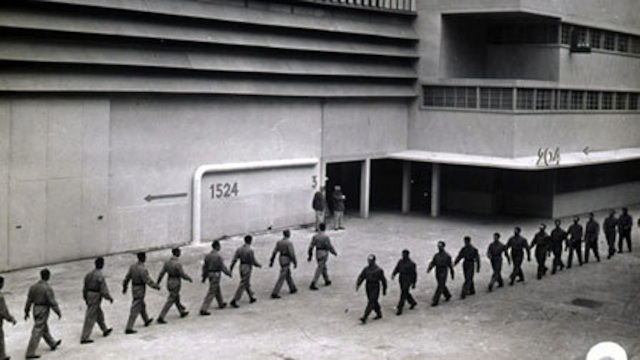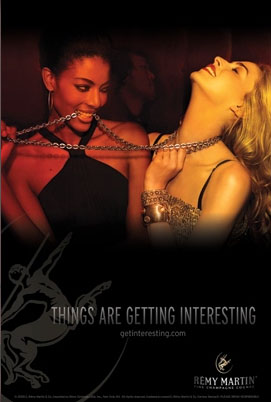I’ve decided to take my distrust of linear narratives to heart and not care about the backlog of comments I want to transform into posts. So, I skip my follow up on Oslo waterfront development (which has the makings of a seriously juicy update), my thoughts on the recent conference of Critical Heritage, backtrack from the incredible meeting I had with Equations in Bangalore today, and revisit two days ago, when I arrived back in India after a one and half year hiatus. Forgive me as I descend into typical semi-nauseating, self-reflective travel writing and muse a bit over my reintroduction to India.
As I walked the seven kilometers to the Bangalore City Railway Station I realized just how much India had changed me, not in that om shanti kind of way, but in terms of perspective, outlooks, and, of course, urban planning. For example, it was India that taught me the pointlessness of dichotomies. Those moments walking in the street, when an ox pulling a man on a flatbed wagon overtakes you, only to be immediately eclipsed by a bloated SUV or seeing a woman bent over, sweeping the entrance to an upscale shopping mall with a broom made of panni no longer affect me as they once did. Even as I write this, I feel slightly uncomfortable articulating these descriptions; just the act of writing them encourages me to reiterate dichotomies of development. You see, they aren’t. They just are. So while these encounters still make me pause, I no longer muse over what we obsessively call developed and undeveloped. As far as I’m concerned there is no development, no advancement, only change.
Before I came to India I had very marked opinions on things, things like the informal economy and capitalism—even recycling. It was black and white in my opinion. The informal economy disfavors women (as in a woman who informally works in family shop is very unlikely to receive pay) or that capitalism exploits marginal workers. Recycling should be practiced as it is in Germany and Switzerland—organized, state regulated, three bins in all public places. Although I might still have such opinions, I recognize their limits and their flaws. The informal economy is more welcoming than the formal because jobs are created not from the top down but from the bottom up. Indeed the relationship between formal and informal is neither dichotomous nor parasitic. The informal organizes around the formal’s shortcomings, for example informal buses that provide services to people who do not live on formal transit lines.
Not having a state-structured recycling program gives way to a highly efficient informal system of recycling where the value of discarded objects is subjectively considered. It is more labor intensive which, in turn, creates more jobs.
In both these examples, it’s not a question of development that I want to consider, but a question of rights and a question respect. The problem with the informal recycling structure is that this work falls to the lowest of socio-economic classes who often have little alternative. The problem with this informal labor is that these workers have no job security, no assurance of health benefits.
Capitalism in India seems to offer more outlets for job diversity than previous models. Now, I feel like I’m about to shoot myself when I write this, but subjective experience seems to suggest that capitalism means young people have more alternatives for employment than those of their parents. Let me briefly muse over capitalism of the worst kind—multinational corporate domination. When IT software companies come to Chennai and Bangalore they often employ women who might otherwise struggle to find work outside the family business. By offering such jobs, new freedoms, such as having a personal income, are created. True, like many people in India, these women may share their salary with the family; but there is an undeniable sense of worth that comes from receiving an income. This in turn encourages women to cultivate an identity that might have otherwise been impossible. In this case I would argue that gender stereotypes are both reimagined and reaffirmed—particularly through the encouragement of consumerist behaviors. For example, public space can still be very gendered in India. Malls—the very embodiment of Western capitalism—may be the only space in which such women feel comfortable expressing their identity.
In short, India disrupted any possible conclusions I could make about the world around me. In the past, I blamed Deconstruction for making me into a frustratingly relative thinker, but my time in Chennai sent me adrift upon an expansive sea of theoretical doubt.
The second thing India taught me was to think about what the word infrastructure means, what it is and how we use it. Living in a gridded society, it is easy to take infrastructure for granted. While it’s impossible not to marvel at sights such as the Brooklyn Bridge or strain your neck as you search for the top of buildings, in cities like Chennai, thinking about infrastructure is overwhelming…where does one start? The mosquito problem in this city is so intense because of all the stagnant water. But how does one lay a drainage system in a city that is already built? Again, the temptation is to present this question of infrastructure in terms of developed/undeveloped but I think to do so is to grossly misrepresent and simplify something of almost beautiful complexity.
People are a relatively efficient species. When there is perceived to be a lack, people will compensate in some way. They will create their own sewers, their own electric grid. This is why I keep coming back to India’s urban areas. Because it challenges me to rethink process, change and human nature.




































